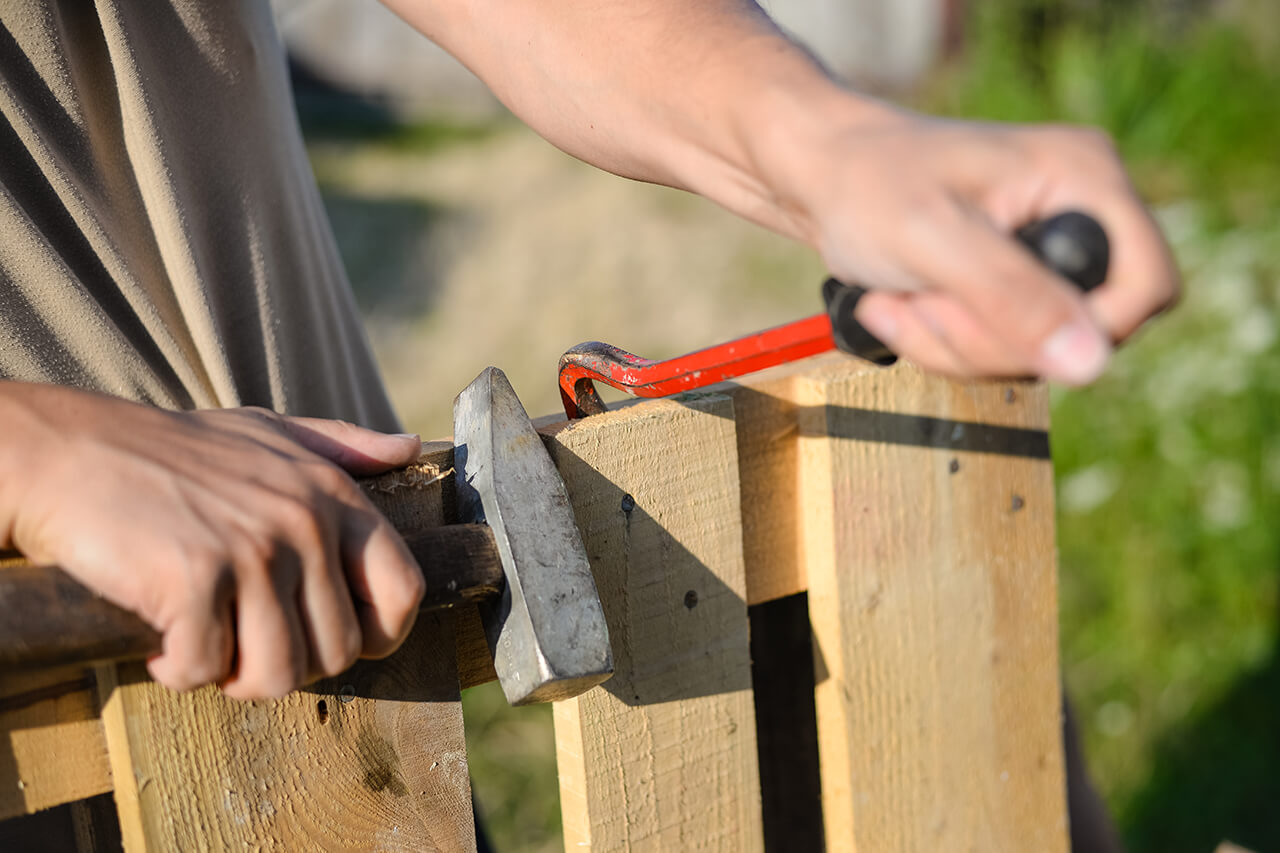
The Pet Fence Pros
The Pet Fence Pros
Our company was started after we received quotes from big companies that were incredibly expensive. I knew there had to be a better and more affordable option for pet owners like us. So, we took it upon ourselves to learn how to install these systems and established a small team who share our commitment to providing affordable and quality installations.
"We had an excellent experience with Pet Fence. They responded quickly. Clint, the owner, was very thorough talking to us about how it worked and how to train our dogs with it. We would recommend him to anyone!"
Barbara D on March 2025
Our company was started after we received quotes from big companies that were incredibly expensive. I knew there had to be a better and more affordable option for pet owners like us. So, we took it upon ourselves to learn how to install these systems and established a small team who share our commitment to providing affordable and quality installations.
"We had an excellent experience with Pet Fence. They responded quickly. Clint, the owner, was very thorough talking to us about how it worked and how to train our dogs with it. We would recommend him to anyone!"
Barbara D on March 2025










